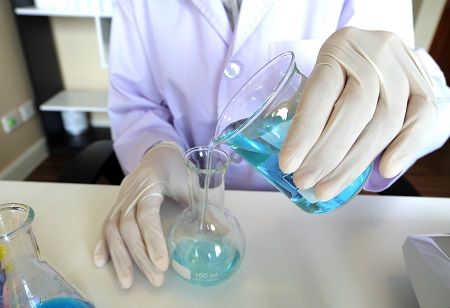India Pharma Outlook Team | Friday, 22 March 2024

The escalation of pharmaceutical waste and contaminants has become a growing global concern, especially about drinking water and food safety.
A recent study by the Department of Chemistry and the Institute of Nanotechnology and Advanced Materials at Bar-Ilan University has resulted in the development of a highly sensitive plasmonic-based detector specifically focusing on detecting harmful piperidine residue in water.
Piperidine, a small but potent molecule, functions as a building block in the pharmaceutical and food additive industries and poses significant health risks to humans and animals due to its toxic nature. Detection of even minute amounts of piperidine is crucial to ensure drinking water and food safety.
The plasmonic substrate fabricated at Bar-Ilan University, comprising triangular cavities milled in a silver thin film and protected by a 5-nanometer layer of silicon dioxide, offers unparalleled sensitivity to piperidine, detecting low concentrations in water.
In collaboration with Dr. Elad Segal and Mohamed Hamode, a Ph.D. student at Bar-Ilan's Department of Chemistry, she developed the device using a focused ion microscope to drill nanometer-sized holes on a metal surface. A custom-built computer program, Hamode creates holes of various shapes.
These holes, smaller than the wavelength of visible light, enhance the electrical field on the Surface, leading to concentrated light in very small areas. This amplification enables optical phenomena to be significantly increased, allowing for identifying a low concentration of molecules previously undetectable with optical probes.
Due to its confined and enhanced electromagnetic field, the plasmonic substrate offers an efficient alternative to other substrates currently used in SurfaceSurface surface-enhanced Raman Spectroscopy (SERS), opening avenues for the use of cost-effective and portable Raman devices that enable quicker and more affordable analysis.